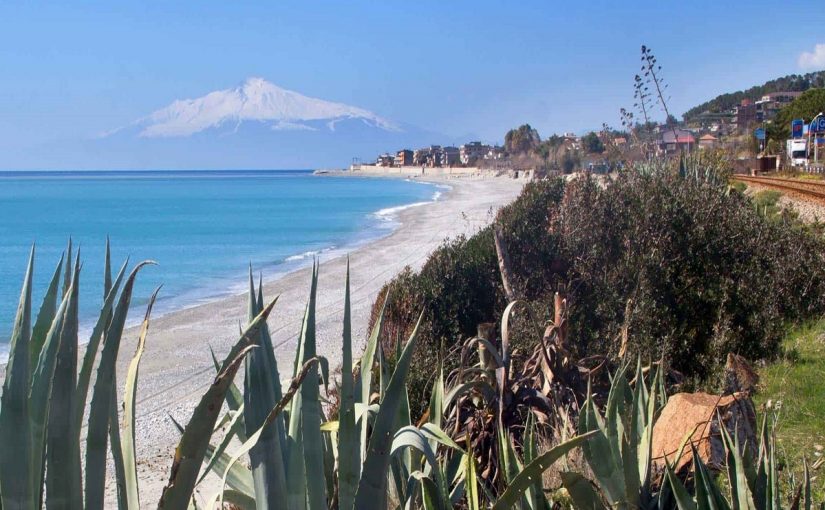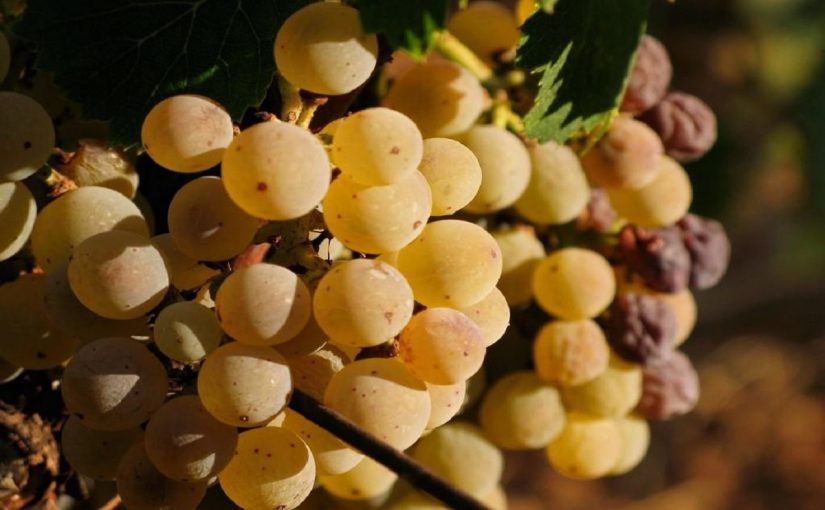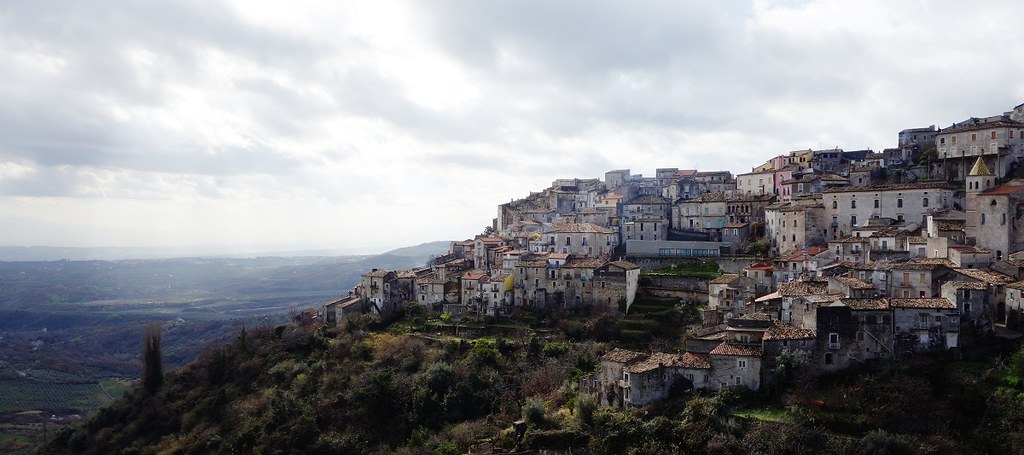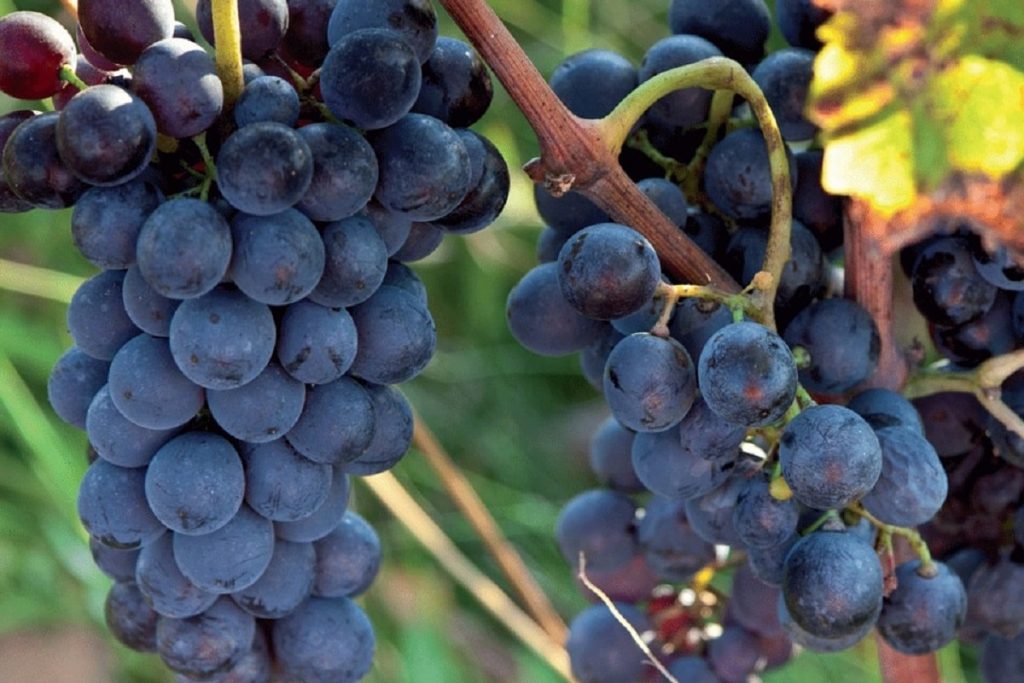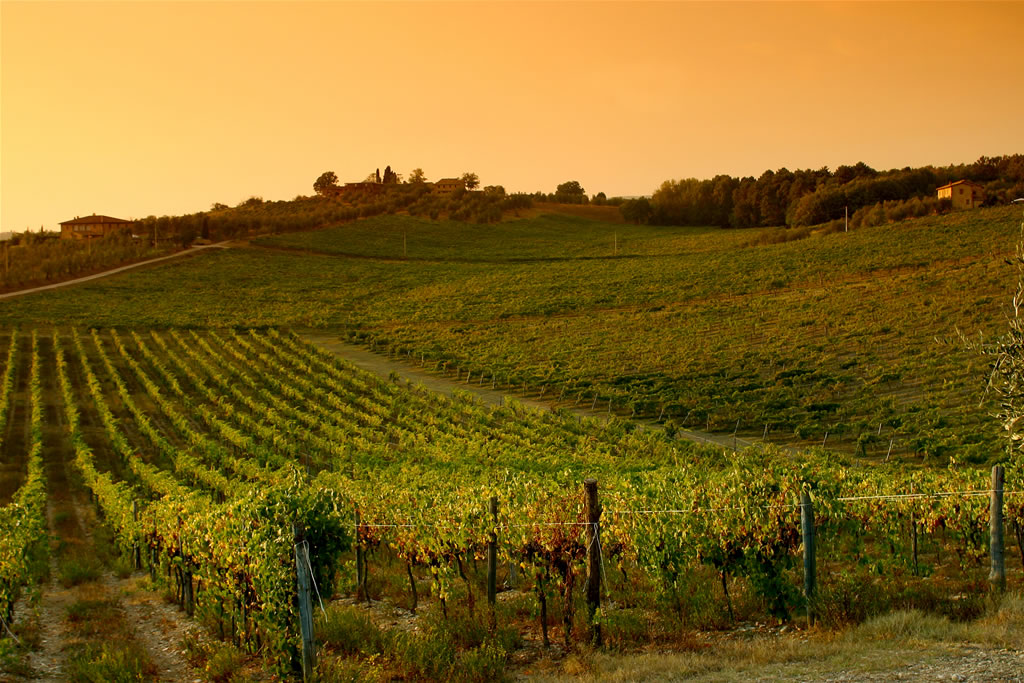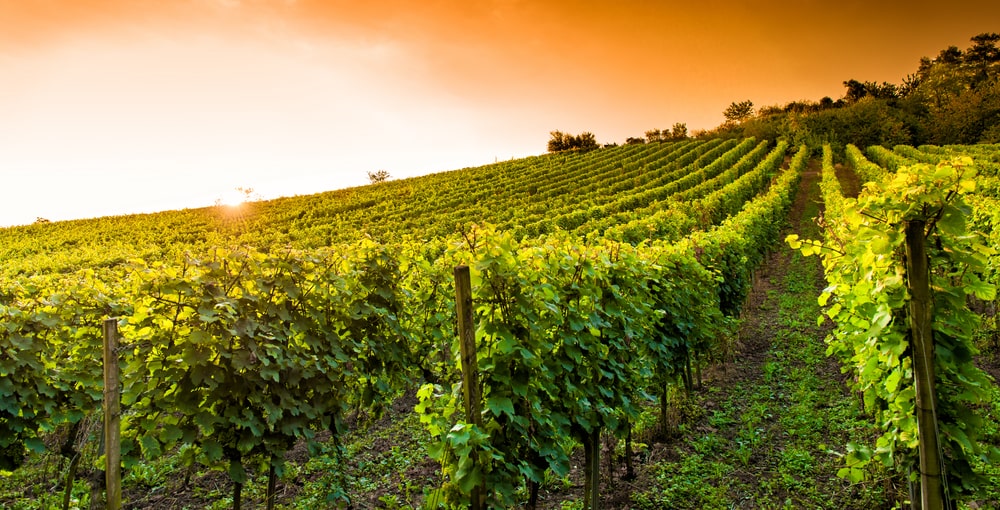5.12.2019
“Palizzi, the City of Wine“, says the sign placed at the entrance of the town, which identifies a history and a territory, which tells the story of this place with an excellent product, the fruit of splendid vineyards overlooking the Ionian sea, Sicily and the Volcano Etna on the horizon (a magnificent part of Mediterranean sea), and that give high quality grapes.
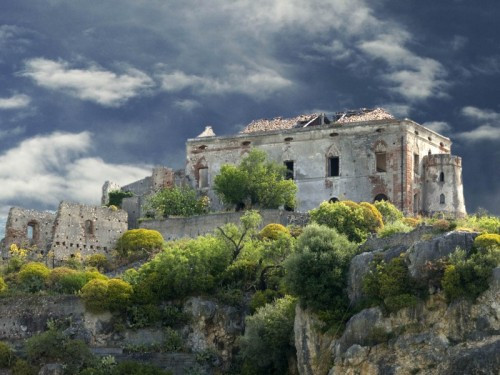
The town, located in the heart of the Greek area is characterized by a strong wine vocation, in fact the whole route, which connects Palizzi Marina to Palizzi Superiore, to reach Pietrapennata, the highest area among the villages that make up the country, is characterized by from the finest vineyards that make up the Grecanic area.
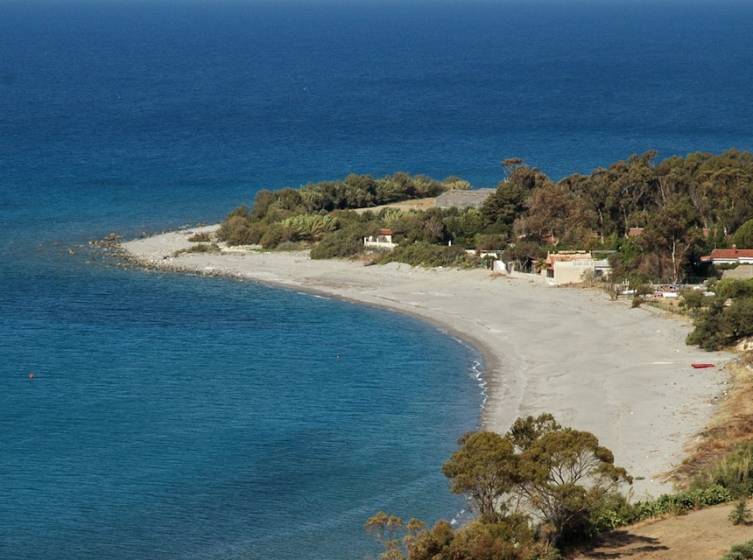
The historical importance of this wine dates back to the last part of the nineteenth century, in the period in which the tariff war between Italy and France caused the loss of French customers, who with their ships arrived in Porto Palizzi to load the must which they used in production of the their wines. Indeed, our French neighbors had sensed that the selected vines gave remarkable reds.
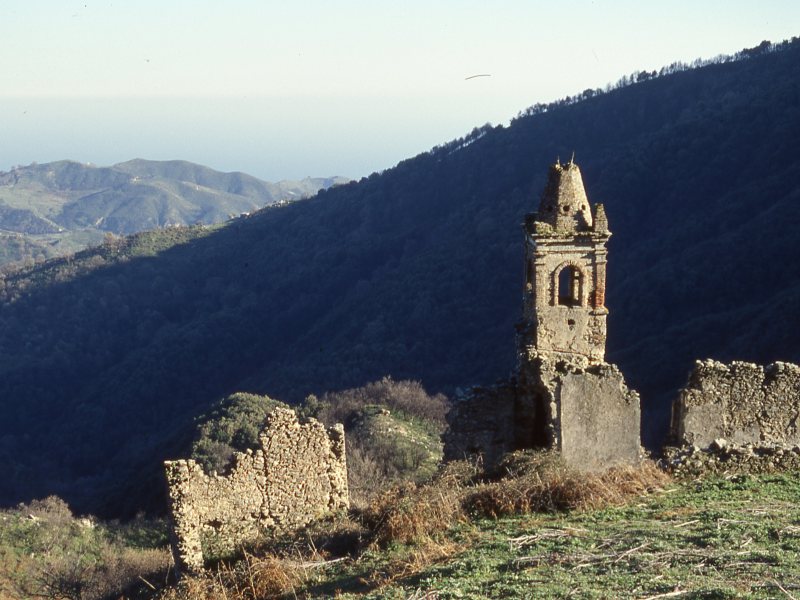
Among the red berries that came to find, there were: the “Bagnarota palizzitana” and the “Forestera” both with elegant clusters tending to blue, the “Lacrima nera“, the “Nerello guarnaccia” and the Ligante palizzitano; there was no lack of whites, such as: the “Mantonico“, the “Occhjiu i lepru“, the “Malvasia dall’acino” from the thick skin, “the Inzolia Tunda“, the “Zibbibbo“, the “Moscatello” and the “Nigrazza” which was one of the most important black grapes among so called “Nerelli“.
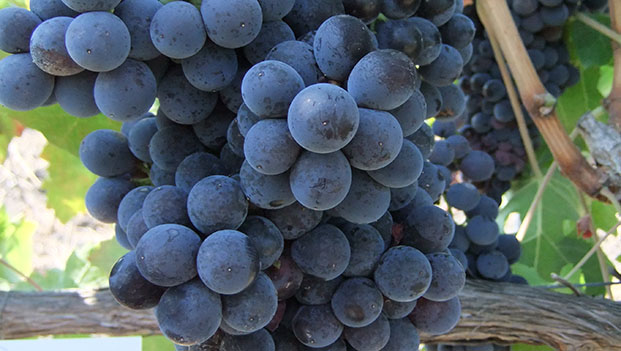
These wineyards, now at risk of genetic erosion, gave strength and fragrance to the red wine of Palizzi and produced medium-small bunches with berries covered with bloom, a substance found on the berries, and which prevented the sun from dehydrating the grapes despite the hot summer days characterized the area.
HISTORY
In the 50s of the last century, mass emigration depopulated the territory, the fields were abandoned and the vineyards disappeared. A “character”, still alive, Baron Harimberg, a German officer who took refuge in Palizzi and married little Baroness De Blasio, during the retreat of the Nazi troops after the Americans landed in Sicily, continued the wine production.
Thanks to them, currently, in addition to Nerelli and Inzolia, international and national grape varieties are planted such as Nero d’Avola or Calabrese.
At the beginning of the twentieth century the vine-dressers were not able to fight powdery mildew, a fungus with a disastrous impact that attacked all the wine production. This is why the Sicilians arrived and with their expertise intervened with the use of sulfur against the fearsome disease, which had attacked the vineyards, obtaining half of the product for this. It was during these campaigns that the Sicilians identified Palizzi as a vine of excellence that they brought to Sicily …
The territory in which it is produced and history, let us understand clearly the strength of this wine, due to the victories it has achieved over time; and still today its flavor can be tasted while savoring a wild boar dish with onions and leek or a goat ragu, or game with red fruit sauce, typical dishes of Calabrian territory.
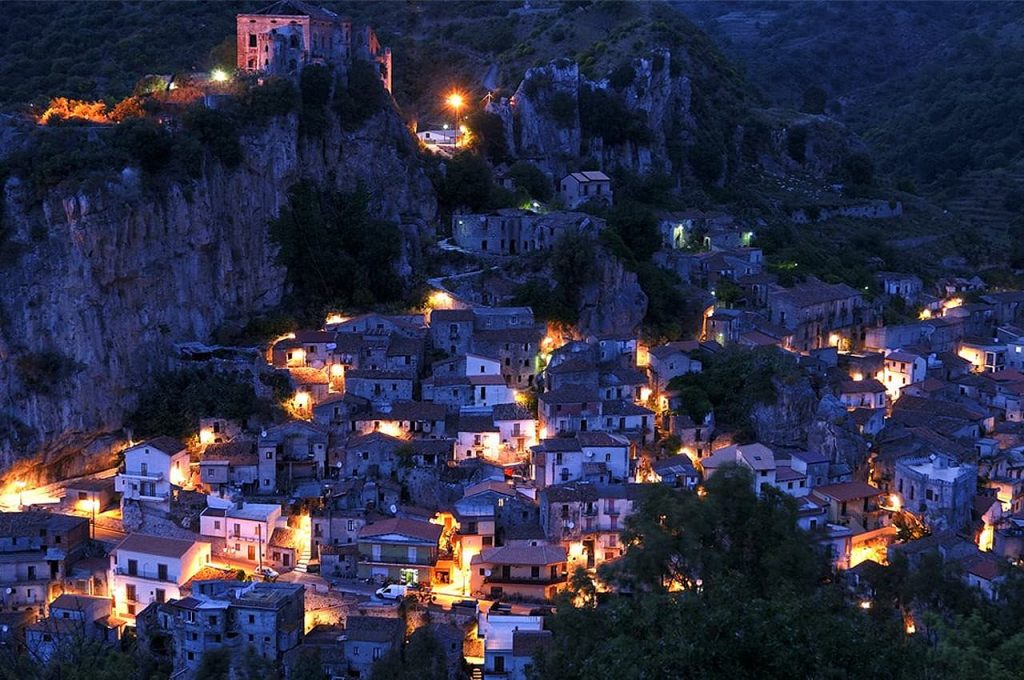
FEATURES OF THE WINE
Palizzi is a wine protected with Typical Geographical Indication (IGT), whose production is allowed in the province of Reggio Calabria.
Organoleptic characteristics:
Color: intense red tending to garnet.
Smell: the bouquet is vinous, with an important and enveloping structure.
Taste: dry and austere.
Background: The aristocrat Palizzi was born from the lower Ionian coast in the Greek speaking area in the province of Reggio Calabria, at an altitude of about 250 m a.s.l., and from a clay soil structure. It is one of the most renowned red wines of Calabrian viticulture. Harvest in the second decade of September; after crushing, the grapes ferment in steel tanks for 48/60 hours, then they are pressed and the must placed in steel tanks at a controlled temperature, where it will remain until the first racking in November. Two more decantings follow and after a stay of about two months in chestnut wood barrels, it should be bottled about 18 months after harvest to refine three months before the sale. The alcohol content is 14 °.
Recommended pairings: Ideal to accompany dishes of red meat and game, particularly wild boar, but can also water grilled tuna.
Territory:
The delicious wine of the Grecanic area has made known the town of Palizzi with the name “Palizzi, city of wine”, a sign that welcomes tourists at the entrance of the town.
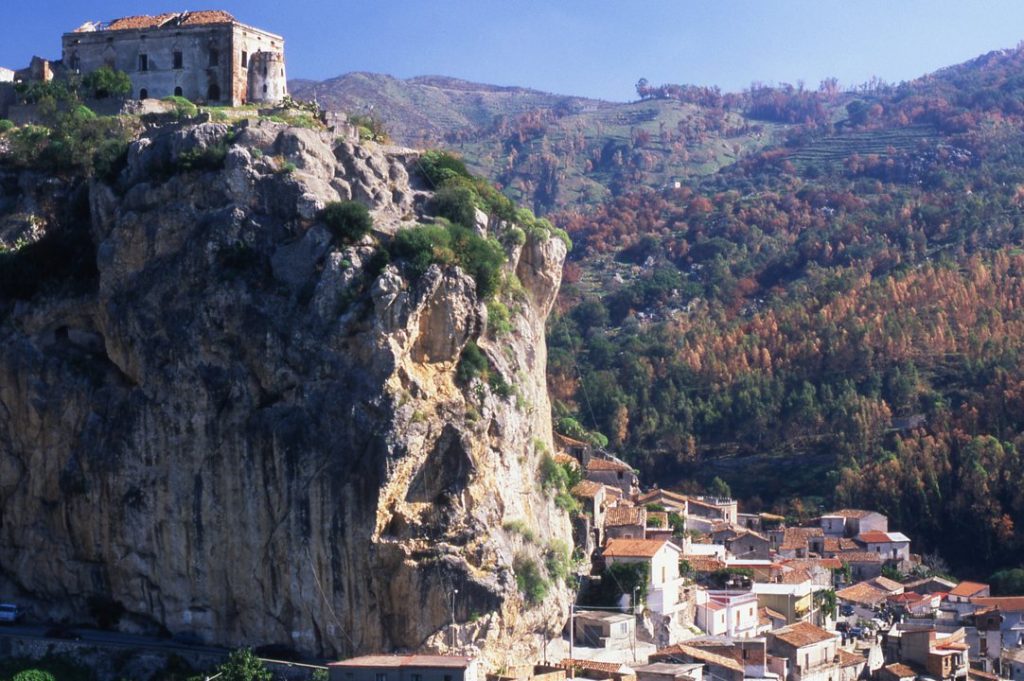
This recognition was assigned to the country, thanks to the important value of the wine, which in 1995 was classified among the 10 IGT, typical geographical indications, more renowned in the Calabria region.
The production area includes the municipalities of Palizzi, Bova, Bova Marina, Brancaleone, Condofuri and Staiti in the province of Reggio Calabria. The highest altitudes at which grapes are harvested, thanks to the quality of the soil are Pietrapennata and Palizzi Superiore.
The Palizzi vineyards are not numerous but are selected from those of the best quality and most productive. For wines with a typical geographical indication “Palizzi”, the maximum production of grapes per hectare of vineyard, in specialized cultivation, must not exceed 11 tons / hectare. Palizzese wines destined for export are mainly Nerello di Palizzi, Castiglione and La Negrazza.
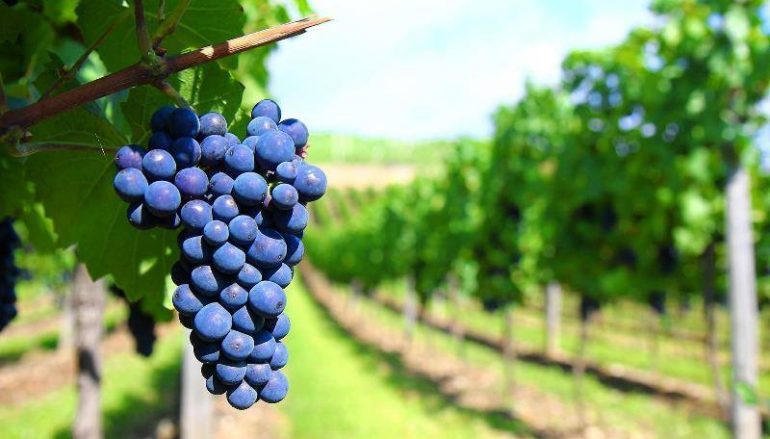
Wine making is a fairly demanding and long operation.
The period suitable for harvesting is the second decade of September when the grapes are pressed.
For 48 hours, the grapes ferment inside steel tanks and then are pressed and transformed into must. The product will be left in a steel tank until November when the decanting will take place. At the end of the process the new wine is left to rest for two months in chestnut wood barrels and it is bottled only 18 months after the beginning of the harvest.
According to some studies at the end of fermentation, the right alcohol content that the wine must reach is 14 degrees. To be precise, the main wines produced in the Palizzese area are the “red wine”, the “red wine novello” and the “rosé wine”.
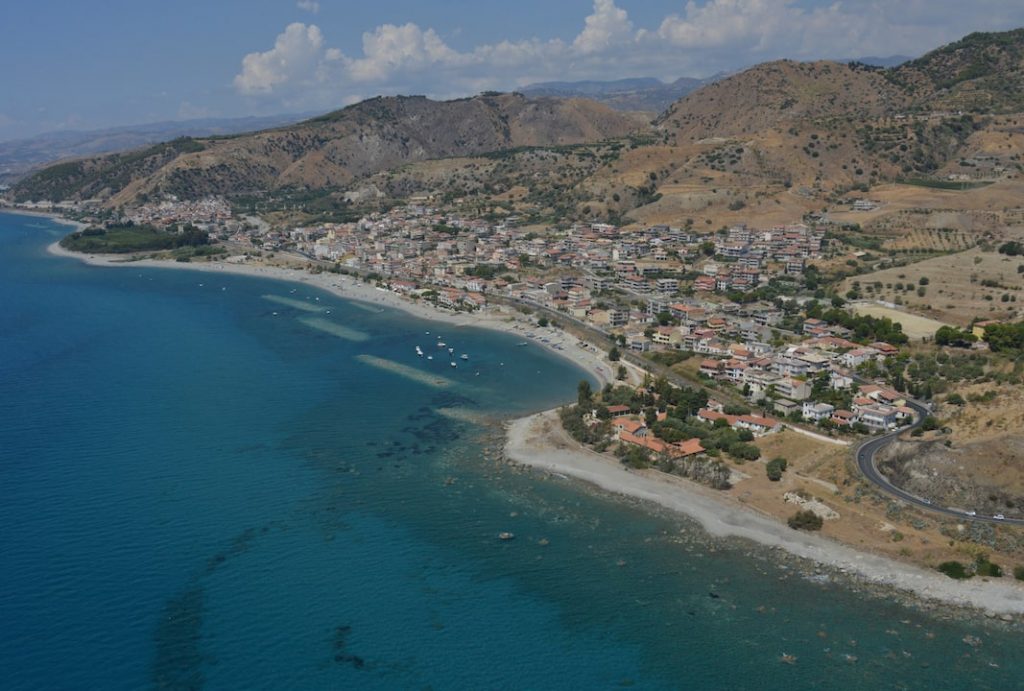
The three types of wine are distinguished by three characteristics that determine the consumer’s satisfaction: color, smell and taste.
The “red wine” has a deep red color; the smell is complex, fruity; the taste is harmonious, typical.
The “red wine novello” has a more or less intense red color; the smell is similar to that of red wine; the taste is pleasant.
The “rosé wine” has a more or less intense pink color; the smell is fine, delicate, characteristic; the taste is fresh, harmonious, pleasant.
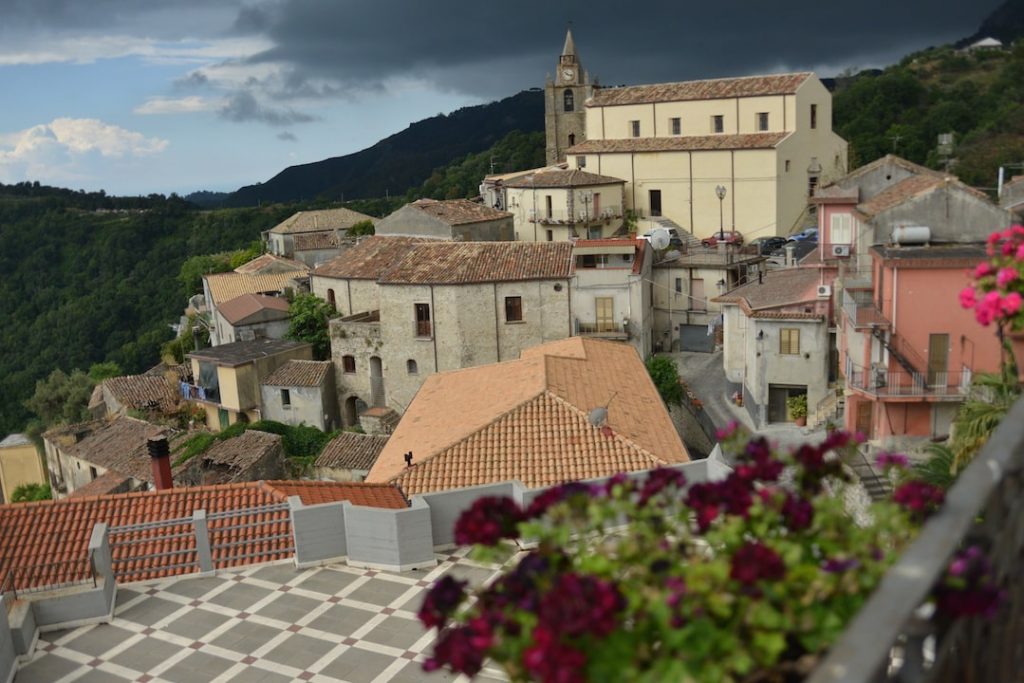
THE CITY OF WINE
The mountain village of the municipality of Palizzi extends around a huge rock on which there is a castle of the XIII century, unfortunately in ruins, whose presence makes the panorama of this city, inhabited enclave at the foot of the Aspromonte and surrounded by mountains and streams, simply unique…
Palizzi is a unique municipality that includes several hamlets both upstream (around 600 m asl) and the marina: Palizzi Marina, Palizzi superiore, Spropoli and Pietrapennata. Apart from the marina, the other villages do not count more than 200 inhabitants each. The Marina of Palizzi is one of the main beach destinations for the inhabitants of the area and where you can stay overnight in different B & Bs and camping. The coast is more indented than that of the neighboring villages, it is noted for its concave shape, or small bay, which is overlooked by the whole town.
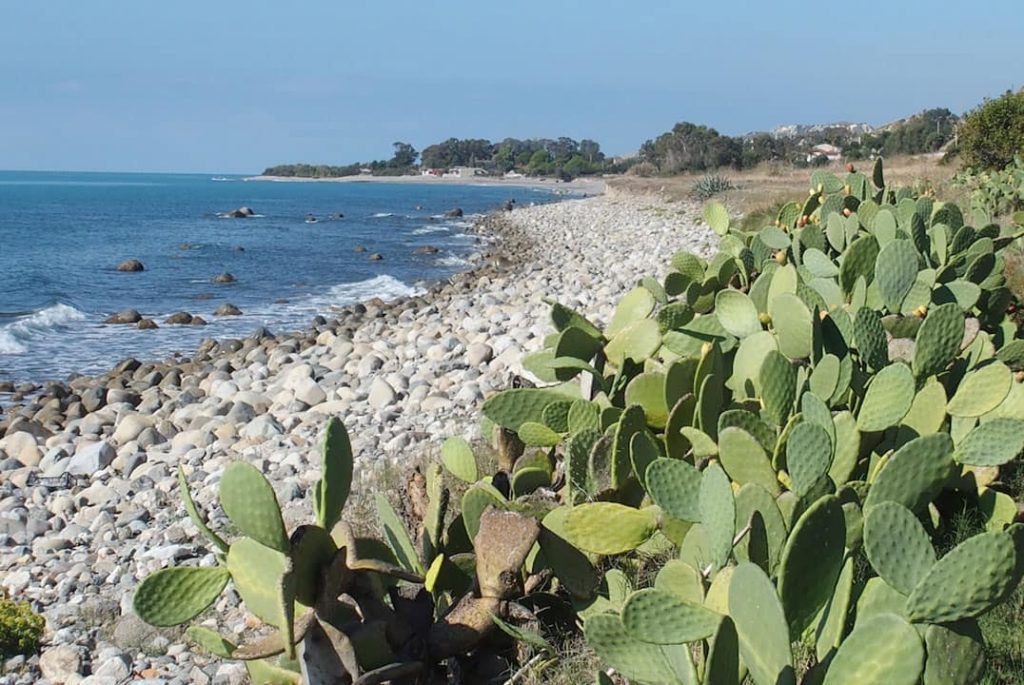
Given that the sea is clear and very fishy sea both for shore fishing and for underwater fishing, Palizzi is an ideal place for fans of this discipline are the depths immediately outside the town that are very rocky and poorly frequented.
Apart from a few nice pubs and some good fish restaurants, in the evening the town does not offer many attractions, local vacationers tend to move to the nearby Bova Marina or Brancaleone but there is a real rarity that attracts young people and families from all over shoreline and is the warm bread of Palizzi.
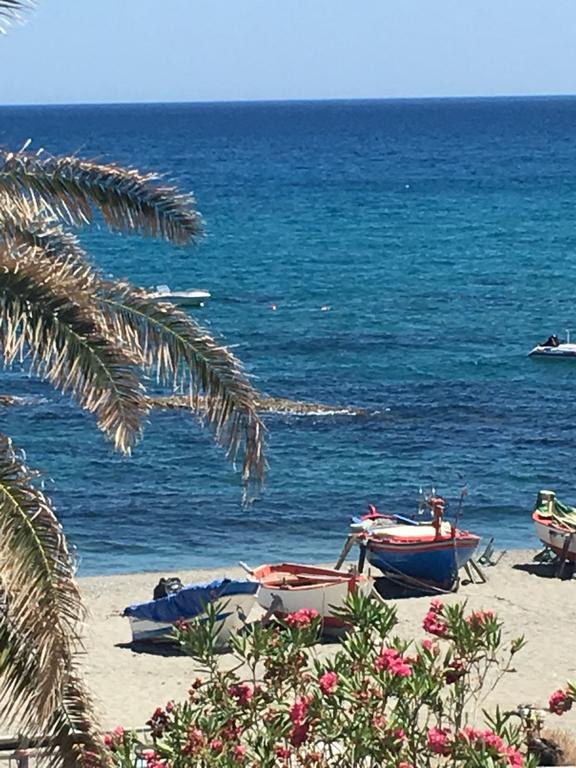
This famous warm midnight bread can accompany local cold cuts and cheeses. But even just a drizzle of extra virgin olive oil, salt and fresh oregano is enough to make that warm bread a unique gastronomic experience. Inevitable will be the famous “Vino di Palizzi“, strong and full-bodied. It will make you sweat on the hottest nights of summer but your neurons, along with the taste buds, will convince you that it will be worth it anyway, even better if your evening will end up on a beach next to a fire and a guitar . The sound of the sea breaking on the shore is the best acoustic accompaniment to dispose of a drink of that wine with historic origins.
Finally, it is over 10 years that it is possible to rediscover the old places and the old forms of wine production. Thanks to various projects aimed at enhancing this local product, Palizzi has become the “city of wine”. Among the summer events it can be noted the Feast of “catoi” (cellars), held in August and during which producers of the hillside hamlet (about 600 m above sea level) open their wine cellars to visitors, giving tastings of their wines.

